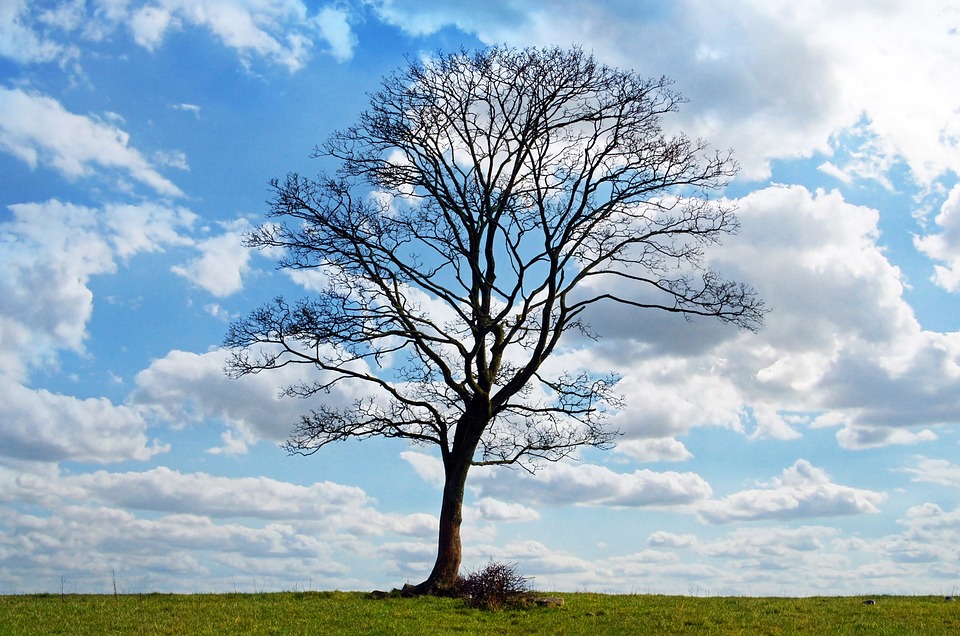Riding the Wild Waves: Understanding the Intriguing Life Cycle of a Hurricane
Throughout the changing seasons, few natural phenomena capture our attention and awe like hurricanes do. These massive swirling storms not only provide a dramatic display of the Earth’s power, but they also raise curious questions about their life cycle. In this article, we’ll explore what creates a hurricane, how it evolves, and what happens when it finally dissipates. To better understand this process, let’s embark on a journey through the lifecycle of these intriguing tempests.
🌀 Introduction
Hurricanes, also known as tropical cyclones, are the result of a complex interplay between temperature, humidity, and atmospheric pressure in the Earth’s tropical regions. They form when the ocean surface warms to at least 80°F (26.5°C), providing the fuel that the storm feeds upon. The warmer the ocean, the more energy it can provide, clearing the way for intense and powerful hurricanes.

🔲 1. Formation: Genesis of a Hurricane
The journey of a hurricane begins as a gentle disturbance in the atmosphere, over the warm waters of the tropical seas. A tropical wave, also known as an easterly wave, releases heat into the atmosphere, creating a low-pressure system. With no vertical wind shear to disrupt its growth, the wave lifts moist air, allowing clouds to form and condensation to occur. This condensation releases latent heat that drives the intensity of the hurricane.
🔲 2. Organization: Birth of a Storm
As the towering clouds spiral and gain structure, the severe weather system transforms into a tropical storm. When winds reach a sustained speed of 39 miles per hour, it is officially categorized as a tropical storm and is given a name. During this critical phase, the hurricane takes its form, with a distinct eye, eyewall, and spiral rainbands. It’s essential to note that the eye, the calm center of the storm, is surrounded by the forceful eyewall thunderstorms.

💨 3. Intensification: Hurricane Formation
As a tropical storm gains strength, it can escalate into a hurricane. The transition is driven by wind speed – when the winds reach 74 miles per hour, categorizing it as a Category 1 hurricane on the Saffir-Simpson scale, the storm is recognized as a hurricane. These intense storms are capable of producing dangerous winds, heavy rainfall and setting in motion the potential for destructive storm surges.
🌊 4. Landfall: Change of Course
Making landfall marks a critical turning point in a hurricane’s life. Moving over land, the storm encounters surface friction, a dramatic decrease in the energy supply, and an abrupt rise in surface pressure that disrupts the delicate balance of its intensity. In some cases, however, a depression forming ahead of a hurricane can direct it inland and encourage explosive strengthening, as seen in Tropical Storm Harvey’s landfall in Texas.
👉 5. Dissipation: The End of a Hurricane
Lastly, the hurricane’s weakened state can persist until it meets cooler air temperatures, dry air, or encounters either a mountainous area or landmass capable of slowing the storm down. Depending on various atmospheric conditions, the weakening process can occur over a period of days or, in some cases, just hours. Once the hurricane loses its energy source, it dissipates, and the turmoil subsides.

In conclusion, hurricanes play a central role among Earth’s climatic phenomena, embodying the immense forces of nature we are still striving to fully understand. Below, we’ve compiled a list of frequently asked questions about hurricanes that you might find useful.
FAQs:
-
What is the difference between a hurricane, typhoon, and cyclone?
A hurricane, typhoon, and cyclone are essentially the same weather phenomena. Their names depend on the area in which they occur: the Atlantic and Northeast Pacific region prefers the term ‘hurricane,’ the Northwest Pacific prefers ‘typhoon,’ and the South Pacific region and Indian Ocean prefer ‘cyclone.’ -
How do hurricanes gather strength?
Hurricanes gather strength primarily through the latent heat released when warm ocean water evaporates and condenses in the storm cloud. Warmer water and low wind shear are also conducive to strengthening hurricanes. -
Do hurricanes move in a particular direction?
Hurricanes usually move in a predictable pattern, with storms in the Northern Hemisphere generally moving counterclockwise around a low-pressure center. This path typically involves moving from east to west towards a turning point, after which it curves northward. -
How can we prepare for a hurricane?
Preparing for a hurricane requires monitoring the latest weather alerts, formulating a safety plan, and assembling an emergency kit, which should include food, water, medical supplies, and essential documents. - How does elevation affect the impact of a hurricane?
Coastal areas low to the ground are more prone to storm surge, while higher elevations may mitigate the storm’s impact. However, elevation does not protect against the heavy rainfall and intense winds experienced during a hurricane.
Understanding more about the fascinating life cycle of hurricanes not only enhances our appreciation for the Earth’s complex systems but also equips us with the knowledge needed to predict and navigate these natural wonders.


